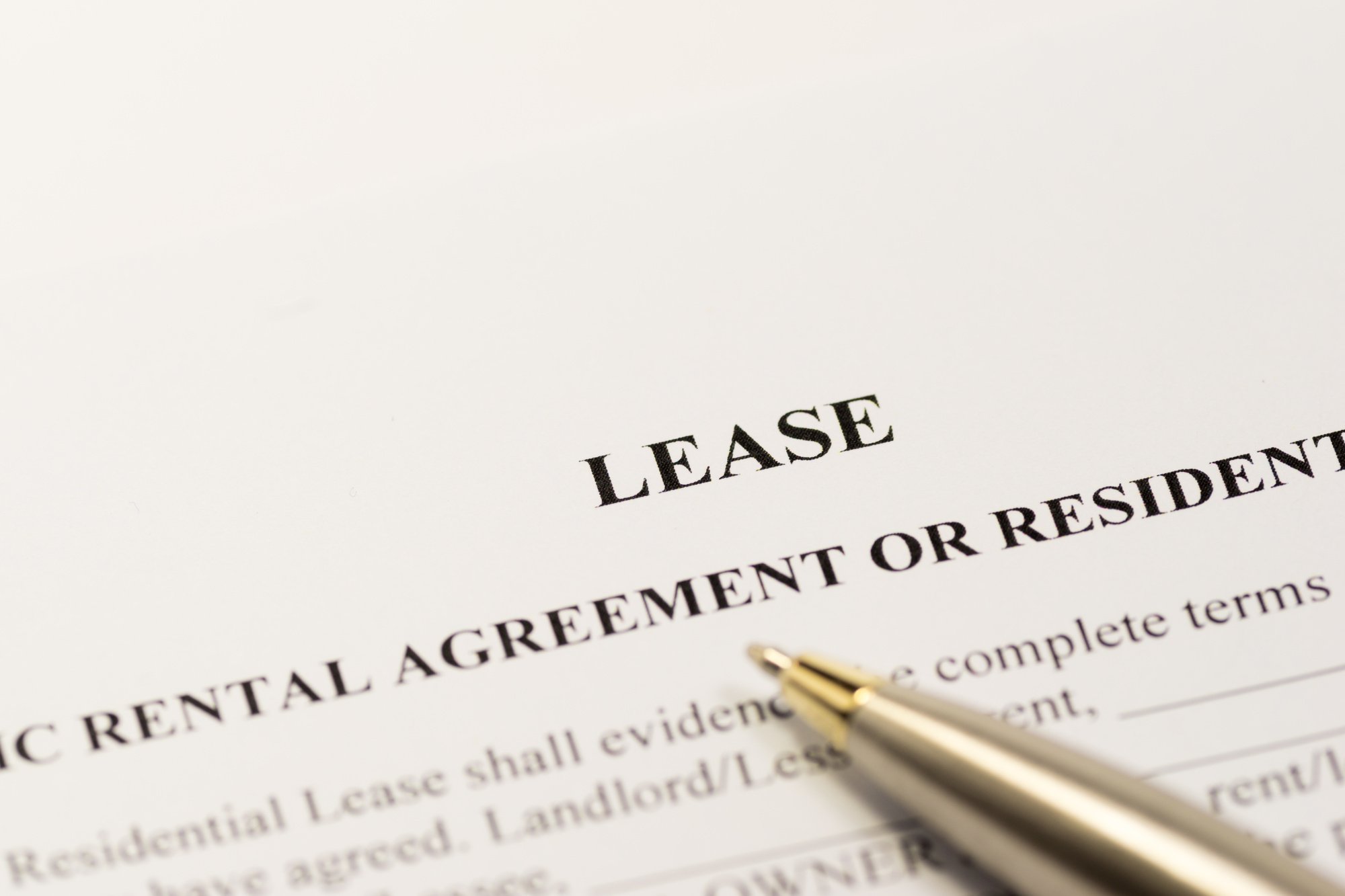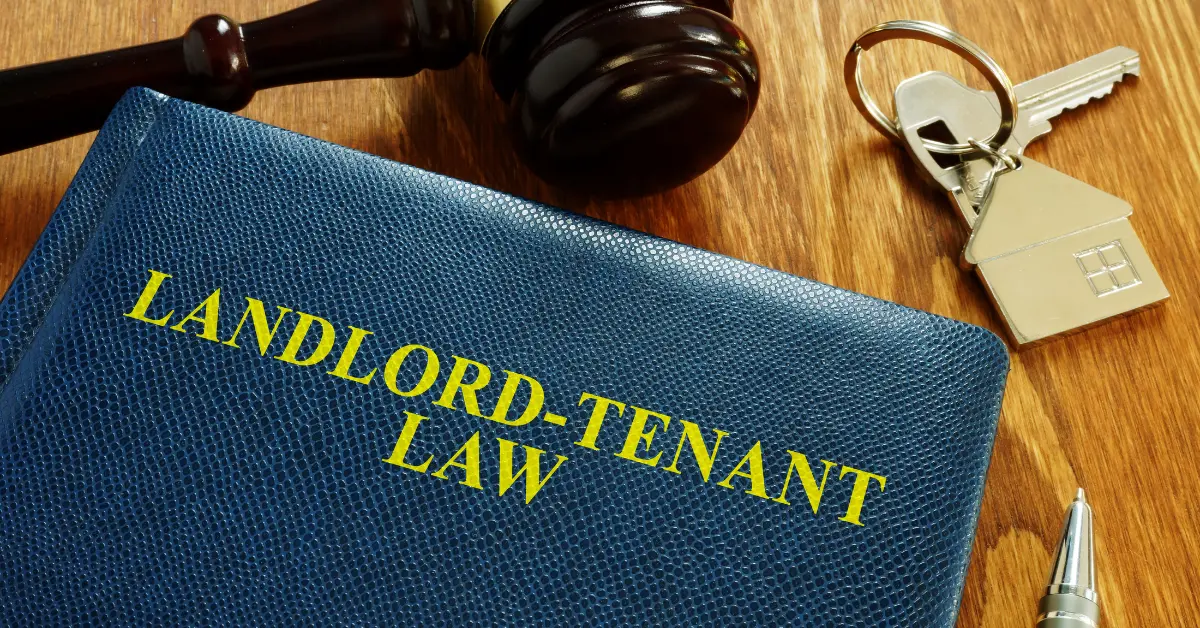Did you know that security cameras can boost residential safety by 300%? Because this figure is so high, it’s important that you invest in rental surveillance equipment ASAP.
Here, we’re going to discuss the ins and outs of security cameras on rental properties. Read on to learn how they can protect both yourself and your tenants with this equipment.
Is It Legal to Put Security Cameras on Residential Properties?
In DC, Maryland, and Virginia, it is legal to put security cameras on residential rental properties. However, there are some restrictions in place to protect tenant privacy.
You cannot place cameras in individual units where tenants live. This is a breach of their reasonable right to privacy since they will be engaging in personal and private activities. Additionally, you cannot place cameras in bathrooms and locker rooms if your apartment has public amenities.
Any other common area (such as a gym, sitting room, or common outdoor spaces) is fair game for security cameras. The only law surrounding this is to clearly provide those on the property that they are being recorded.
A sign on your front door will work, as will making cameras clearly visible and placing signs beside them informing people that they are recording. These signs may also deter crime in and of themselves. If your camera or signage is obstructed, you may find yourself in trouble if taken to court.
How Can Security Camera Footage Keep Tenants Safe?
While you may worry that tenants will be unhappy to have security cameras on their properties, capturing footage actually helps to protect tenants as well as landlords.
Make sure you stress that the cameras are not there to violate their privacy or “catch” them for suspected breaches of their leases. Instead, explain that security cameras can help to keep both them and their property safe.
Security cameras let burglars and other criminals know that they’re on camera. This makes them aware that they could be caught committing a crime on your property. This in and of itself serves as a deterrent to crime.
In fact, about 60% of burglars would seek an alternative target if there was a chance that there was an alarm or camera on the door. Additionally, most burglars try to break into homes by forcing doors and windows open, which are common areas where you can put cameras.
Tenants are safer from break-ins, but they also are safer from violent crime. If people see a camera, they will not attempt to assault tenants that they otherwise would have. You also greatly decrease the chances of extreme crimes like rape and murder.
How Does Security Footage Benefit Property Managers?
Tenant safety is a primary concern with security cameras. However, in the event that an incident does occur, security cameras can also protect you as a landlord.
If someone breaks into your rental property, security footage can quickly help you identify the assailant. Law enforcement agencies will have an easier time locating the perpetrator and making an arrest. You and your tenants will get faster justice and recover lost property more easily.
Advanced security cameras can also notify you of potential criminal activity as it occurs. You can get notifications on your smartphone when the camera picks up on something suspicious. This gives you the chance to call the police before the crime is even completed- an on-site arrest is possible.
This is because you can quickly catch perpetrators and the insurance company can quickly get their money back, so they’re willing to give some cash to you for taking preventative measures.
What Are the Best Security Cameras for Landlords?
Security cameras aren’t one-size-fits-all. There are several features that a landlord may look for in equipment, including:
- High-definition video capture (generally the critical baseline requirement)
- Night vision
- Low-light recording capabilities
- Remote monitoring via smartphones and tablets
- Triggered activation of alarms that alert landlords and call authorities
- Motion-activation
- Facial recognition for access to footage
- Instant cloud storage of footage
There are many excellent brands that you can choose from. Battery-operated Nest Cam cameras are a great choice, and you can get them with floodlights attached. Blink Outdoor wireless cameras and Wyze Cam wired cameras also work well.
Make sure to hire a great property management company to help you select a camera that meets your needs.
How to Install Rental Surveillance Equipment
Speaking of professional property management, these individuals can help you with the camera installation process. They can find experts to ensure that the cameras are set up with all of their best features. Tests to make sure that they work properly are also possible when you work with experts.
The best property leasing and management company has 15 years of experience. You can rest easy knowing that you’re hiring someone who knows the ins and outs of tenant and landlord safety.
Nomadic Real Estate can help you install cameras almost immediately. Our client-centric operations often necessitate same-day responsiveness, so we’re always online. We also are happy to communicate transparently about the installation at all times.
Protect Yourself and Your Tenants Today
Finding and installing the best security cameras for rental properties can be a challenge for landlords. However, it’s essential because it keeps tenants safe from both nonviolent and violent crime. Now that you understand how to choose and install cameras, it’s time to get started.
Nomadic Real Estate is committed to answering any property management questions that you may have as a landlord. We also can help you find new leasing opportunities and perform preventative maintenance on existing properties. Contact us today to get started!



































